Jaguar Brake Discs
Table of Contents
Jaguar Brake Discs

Jaguar Brake Discs
When I was training as a junior mechanic
I always dreamed of having a Jaguar car. Unfortunately, I had to wait fifty years for my dream to come true. Jaguar is one of the most recognisable names in the history of the automobile industry. Of course, has consistently been at the vanguard of innovation in automotive design and engineering. Jaguar is a company that has a long history of invention and pushing the limits of what is possible in the automotive industry. The company is most well-known for producing high-performance automobiles that are also a luxury.
The implementation of disc brakes across the entirety of Jaguar’s model line up. Hence, is widely regarded as one of the company’s most important technological leaps forward. Jaguar was the first major manufacturer to embrace the braking system that they had played such a significant role in designing. While they were not the first company to make disc brakes a standard feature on their vehicles, they were the first company to do so.
first Jaguars had drum brakes
The manufacturer Jaguar realised the limitations of drum brakes, which were the normal braking system of the time, and began development of disc brakes in the early 1950s. Drum brakes were the conventional braking system of the time. Drum brakes were not reliable in terms of their ability to stop the vehicle and were prone to failing under heavy use. Disc brakes, on the other hand, provided superior stopping force and were less likely to fade over time. Of course, it is more suitable for the powerful Jaguar models to come.
Norman Dewis, a Jaguar engineer and racing driver, was the driving force behind the company’s development of disc brakes. Dewis put in countless hours to improve and perfect the technology. Thus, by 1952, Jaguar was using disc brakes on their C-Type racing car. This achievement is largely credited to Dewis. The technology was an instant hit. Importantly, Jaguar’s use of disc brakes helped the company win the renowned Le Mans 24-hour race three times between 1955 and 1957. These victories took place between 1955 and 1957.
Jaguar’s Mark 2 was the first production vehicle to feature disc brakes when it was released in 1958 ( I was 10 years old at the time). The Mark 2 was a luxury sedan that offered exceptional handling and braking performance. As a result, it was very popular not only among automotive enthusiasts but also among the general public. Disc brakes eventually became a standard feature across the whole Jaguar product line. Including the venerable E-Type sports car, which Jaguar introduced in the 1970s.
Jaguar introduces disc brakes- Jaguar Brake Discs
The introduction of disc brakes by Jaguar. Hence, marked a significant advancement for the automobile industry as a whole. This innovation replaced drum brakes, improving both performance and safety. But also paved the way for development. Including other more advanced braking systems such as anti-lock brakes and electronic stability control.
It is vital to recall the significance that Jaguar had in the development and adoption of disc brakes, even though practically all modern cars come equipped with them as standard equipment. Jaguar’s position as a firm that was driven to innovation and perfection was cemented when they became the first major manufacturer to implement disc brakes throughout their whole range of cars. This earned them the title of “first to adopt.”
In conclusion- Jaguar Brake Discs
the introduction of disc brakes by Jaguar was an important turning point in the annals of the history of automotive engineering. Jaguar was the first major manufacturer to adopt the braking system that they had played such a significant role in developing across their entire range of models.
While they were not the first company to make disc brakes a standard feature on their vehicles,. So, they were the first company to do so across their entire product line. Jaguar has become one of the most recognisable and well-respected automobile companies in the world. Thanks in large part to its unwavering dedication to technological advancement and technical mastery.
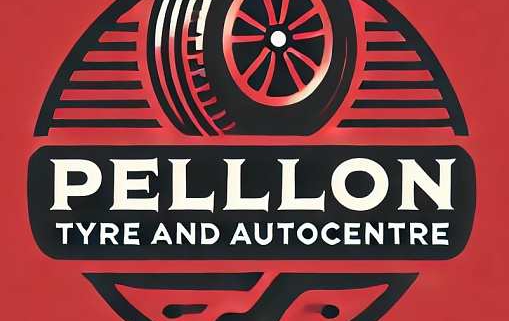
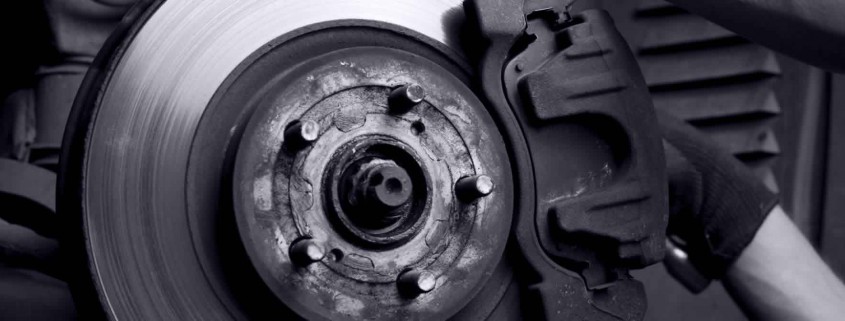
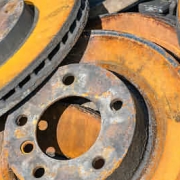
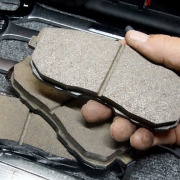
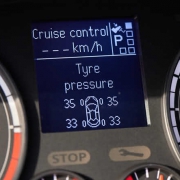


Trackbacks & Pingbacks
[…] to these elements can cause the discs to wear out. In addition, other factors that can contribute to brake disc wear […]
Leave a Reply
Want to join the discussion?Feel free to contribute!